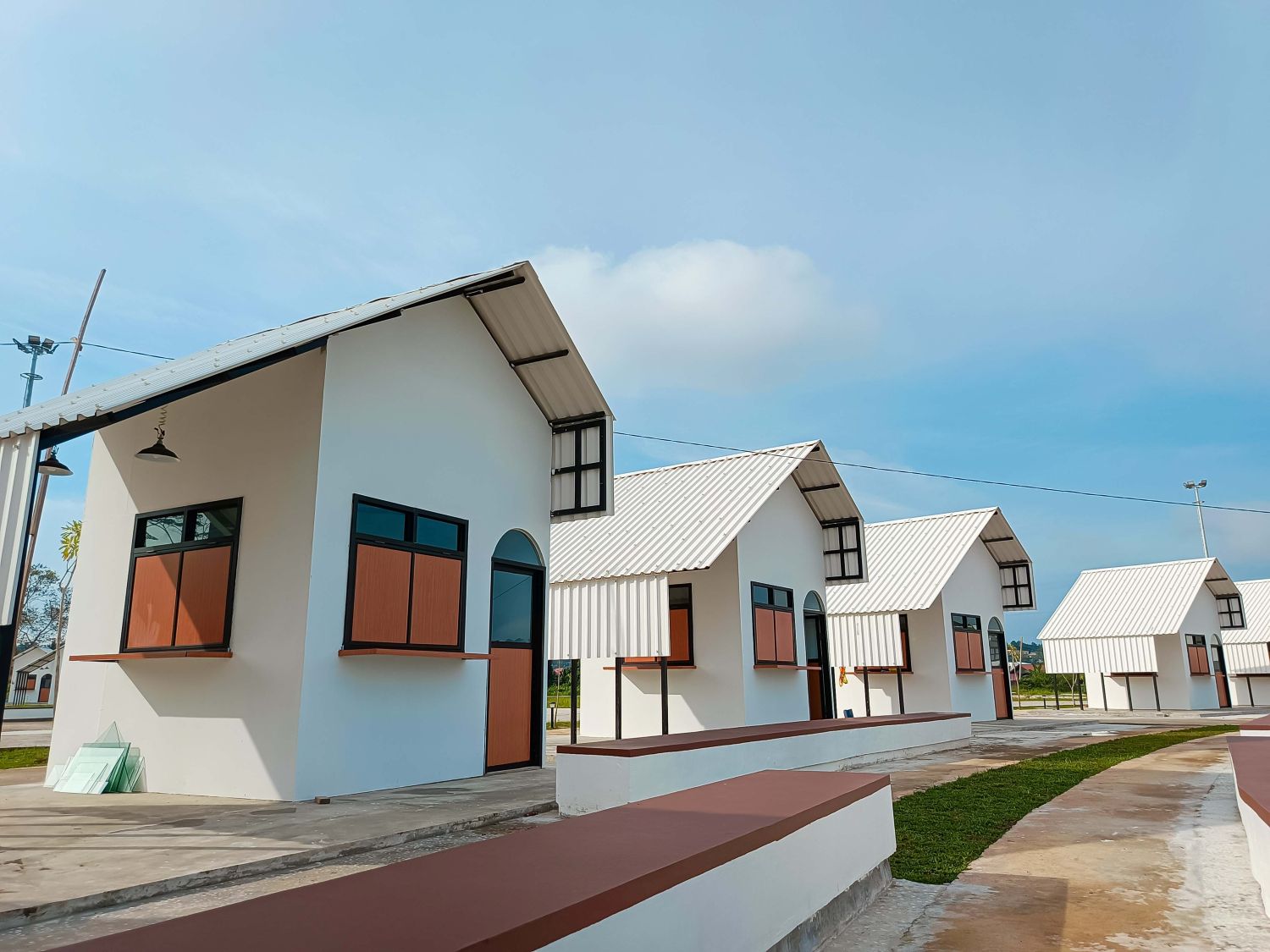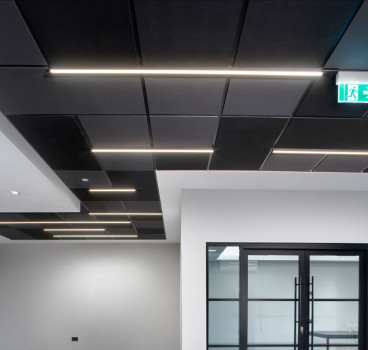The challenge to build quality tiny homes in urban environments
We need more “tiny homes” in big cities to meet the needs of a growing population. However, building a functional, durable and legally compliant tiny home within a major city presents a unique set of regulatory, logistical and social hurdles that far outweigh the challenges of simply constructing a small structure in a remote, unregulated corner of the countryside, writes John Ridgeway.
The fundamental tension arises from an inherent mismatch between existing urban planning frameworks and the concept of a tiny home. City planning regulations, often meticulously crafted over decades, typically define minimum dwelling sizes, setback requirements and density regulations based on traditional housing models.
This means that a structure designed to be around 200 or 300 square feet, is often considered to be an accessory dwelling unit (ADU) or even a glorified shed in the eyes of outdated bylaws and frequently falls outside these established definitions. This regulatory maze is perhaps the most formidable barrier. Developers and builders embarking on urban tiny home projects quickly find themselves navigating a labyrinth of local codes that were never conceived with such compact living in mind.
Issues like minimum ceiling heights, window-to-floor ratios, parking requirements (even for residents who might not own cars) and connections to municipal services all become potential roadblocks. Obtaining building permits can be a protracted and frustrating battle, often requiring special variances or appeals that drain resources and time, making otherwise affordable housing solutions economically unviable.
The very definition of a "tiny home" can be ambiguous in an urban context. Is it a permanent foundation-built structure? Is it a legally recognised dwelling or merely an accessory structure to a larger primary residence? Each interpretation brings its own set of regulatory complexities. Some local authorities might permit tiny homes only as ADUs, often restricting them to specific zones or imposing conditions that make them difficult to scale into genuine communities. Others might view them as recreational vehicles, subjecting them to different sets of rules designed for temporary accommodation. This lack of a clear, universal regulatory framework for urban tiny homes creates uncertainty, discourages investment and makes widespread adoption a slow and arduous process.
Logistical challenges
Logistically, urban tiny home construction also faces its own unique challenges. Unlike a sprawling rural site where materials can be stockpiled and larger machinery can operate freely - many urban areas are often incredibly constrained. Access can be tight, with narrow streets, limited areas for unloading and strict rules regarding noise and working hours. Delivering pre-fabricated tiny home modules into a dense city block requires meticulous planning, specialised cranes and often necessitates temporary road closures – all adding significant cost and complexity.
On-site construction of tiny homes, while potentially offering more flexibility for tight spaces, also has to contend with limited room for material storage, waste management and the movement of equipment. This necessitates a highly efficient, just-in-time delivery model and meticulous project sequencing to avoid disrupting adjacent properties or public roads.
Furthermore, connecting tiny homes to essential urban infrastructure poses other challenges. While a rural cabin might rely on a septic system and well water, an urban tiny home needs reliable, compliant connections to municipal water, sewer, electricity and potentially natural gas. Ensuring these connections meet stringent city regulations, account for future capacity and are cost-effective when scaled for multiple tiny units can be a significant hurdle. The cost of connecting up utilities alone can sometimes rival a substantial portion of the tiny home's build cost, eroding the financial affordability that is a primary driver for micro-living.
In addition, in areas prone to specific environmental risks – like urban flood zones, areas with high seismic activity, or those with existing ground contamination – tiny homes, despite their small footprint, must adhere to the same rigorous engineering and mitigation standards as larger structures, adding layers of complexity and expense.
The social hurdles, though less tangible, are equally significant. The "not in my backyard" (NIMBY) phenomenon is a pervasive challenge. Existing residents in established neighbourhoods, accustomed to traditional housing forms and property values, may view the introduction of tiny homes with suspicion. Concerns often revolve around perceived impacts on property values, increased density, strain on local services (even if minimal) and a fear that tiny homes might attract undesirable elements or change the character of the community.
Overcoming this social resistance requires proactive community engagement, clear communication about the benefits of tiny homes (such as providing affordable housing, reducing urban sprawl and fostering diverse communities and showcasing exemplary, high-quality designs that blend seamlessly into the existing urban fabric. It’s a battle of perception, requiring education to demonstrate that tiny homes are not necessarily a sign of decline, but rather an innovative and sustainable response to urban housing crises.
Delivering quality tiny homes
Moreover, the perception of "quality" in a tiny home is critical, especially when aiming for urban integration. Rural cabins might embrace a rustic aesthetic, prioritising self-sufficiency over polish. However, urban dwellers expect a standard of finish, durability and resilience that aligns with conventional housing. This means using robust, long-lasting materials, ensuring superior insulation for energy efficiency (a major selling point in cities), incorporating smart home technology and designing interiors that maximise space without sacrificing comfort or aesthetics. Building a truly high-quality tiny home requires precise engineering, meticulous craftsmanship and careful material selection, often demanding skills comparable to or even exceeding those required for larger homes, as every square inch must be optimised for functionality and comfort. The challenge for builders is to deliver this high standard within the compact footprint, avoiding the perception that "tiny" equates to "cheap" or "flimsy."
The integration of tiny homes into existing urban planning also raises questions about community infrastructure. Where will tiny home residents park, if they have vehicles? How will waste be managed efficiently for multiple units on a small footprint? What shared amenities – green space, laundry facilities, community hubs – are necessary to create a truly liveable and desirable tiny home community, rather than just a collection of small boxes?

These are not merely design questions, but planning and logistical challenges that require innovative solutions from city councils, developers and builders alike. Collaborative models, such as co-housing communities featuring tiny homes around shared central facilities, offer a promising path forward, but they require complex legal structures and significant upfront coordination.
Despite these macro-challenges, the potential for urban tiny homes to address critical housing shortages, to offer more affordable living options and to promote sustainable urban development, is immense. Overcoming these hurdles requires a multi-pronged approach. For regulators, it means revisiting outdated building regulations to create specific tiny home designations or expanding the scope of ADU policies to be more permissive.
This includes defining clear minimum standards for tiny homes that ensure safety and quality without stifling innovation. For builders, it means developing specialised expertise in compact design, modular construction and efficient material management for urban sites. It also involves becoming proficient in navigating complex permitting processes and cultivating strong relationships with local authorities.
For developers, it necessitates innovative land acquisition strategies, perhaps focusing on underutilised or brown field sites, existing large parcels that can be subdivided, or used for repurposing existing structures. Community engagement and education are paramount, turning potential NIMBYism into enthusiastic acceptance through transparent communication, beautiful design examples and a clear articulation of the social and economic benefits. The focus must shift from merely "housing units" to creating vibrant, diverse and well-integrated communities.
The true success of urban tiny homes really hinges on collaborative innovation across the entire ecosystem. It demands architects who can create ingenious, multi-functional spaces - engineers who can deliver robust, efficient systems within compact footprints - city planners willing to adapt and experiment with new regulations and critically, builders who possess the skill, precision, and logistical acumen to transform these micro-visions into high-quality, liveable realities within the demanding crucible of the urban environment.
It's a macro-challenge, undoubtedly, but one that promises a significant step towards more affordable, sustainable and diversified urban living. The future of tiny homes is not just in remote cabins - it’s in integrating them thoughtfully and robustly into the heart of our cities.
Additional Blogs

When fire breaks out who really knows the system
The story that caught my attention recently wasn’t about fire growth or building loss, it was about confusion. Specifically, the confusion faced by the fire service when arriving at buildings...
Read moreThe design and development of Nexus Layouts
When Zentia set out to rethink the suspended ceiling, the brief was clear: deliver greater creative freedom for designers, more distinctive visual identity for clients, and a solution that could keep...
Read more

The 100-year construction project or why longevity Is the new sustainability
For decades, the construction sector has defined sustainability through metrics such as operational energy, embodied carbon, material efficiency and circularity. These measures remain vital, but a...
Read more